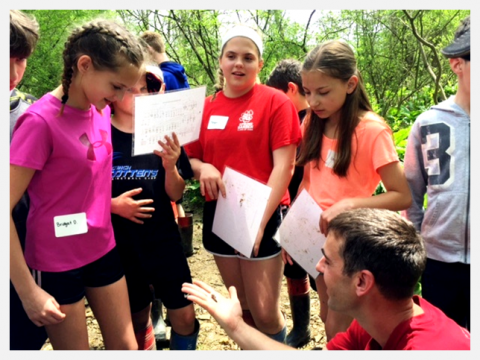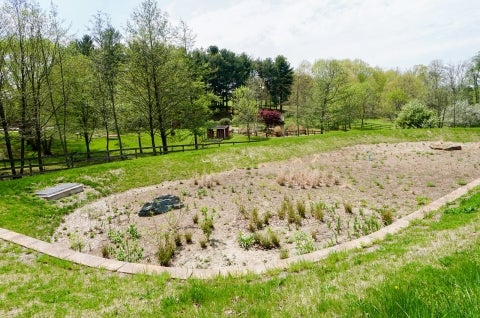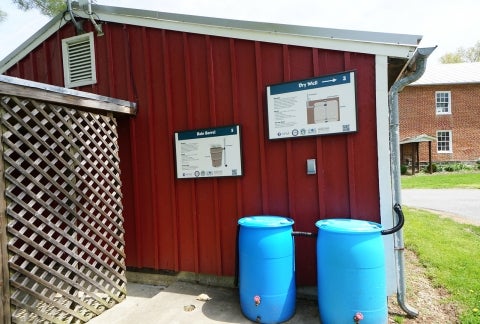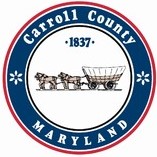Carroll County Farm Museum

Agriculture is an important part of our economy, but pesticides and excess fertilizer can become pollutants if they reach nearby water bodies. Additionally, polluted runoff from paved roads and highways can impair water quality in creeks and streams.
Effective stormwater management, on the other hand, creates safe paths for polluted runoff to be captured and filtered through the ground before it reaches waterways. This helps keep the environment clean and our communities healthy!
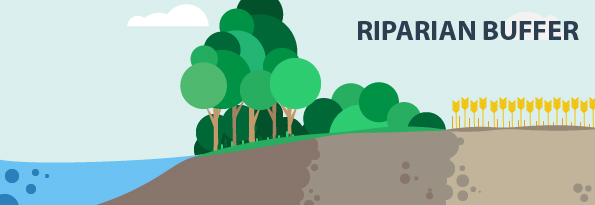
Project location: Westminster, MD
Problem: Double Pipe Creek watershed is identified by the Maryland Department of the Environment as a Category 5 impaired waterway for sediment, fecal bacteria, and nutrients. Carroll County Farm Museum’s 20-acre site adjoins the creek and serves as a pass-through point for much of the watershed, which houses more than 200 acres of agricultural land.
Solution: To help clean up Double Pipe Creek, riparian buffers were planted along the streamside and additional green infrastructure features were installed on museum property, including bioretention areas, cisterns, dry wells and landscape infiltration elements. The project took a year and a half to design and permit, and another year to install.
Job Creation: This process sustained three design/engineering jobs, three construction jobs, and five landscaping jobs.
Volunteers contributed more than 700 hours of labor to help construct the project and will provide ongoing maintenance of the stormwater features. In addition to helping restore water quality in Double Pipe Creek, the project enables the museum to offer stormwater runoff education to the 35,000 people who visit each year.
Pollutants removed: 77.2 lbs/yr nitrogen; 7.10 lbs/yr phosphorous; 3,800 lbs/yr sediment
Cost: $302,235
Funding sources: $30,645 from Chesapeake Bay Trust and $150,000 from National Fish and Wildlife Foundation
Partners: Carroll County Public Schools, Center for Watershed Protection; University of Maryland

